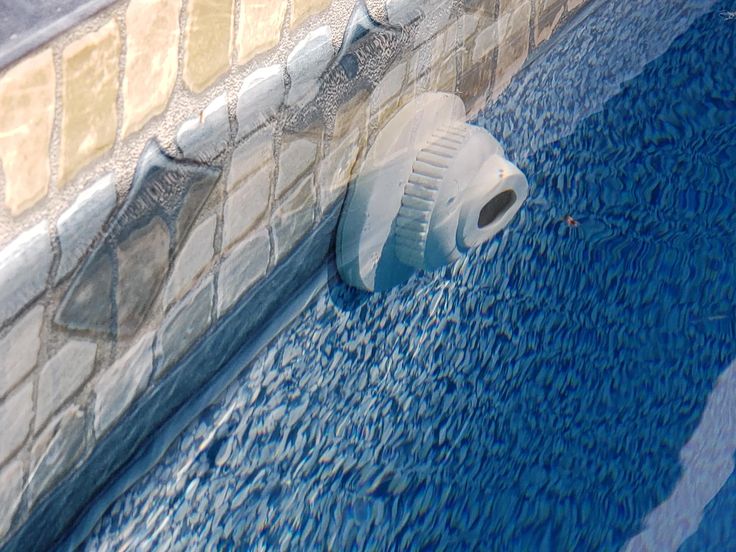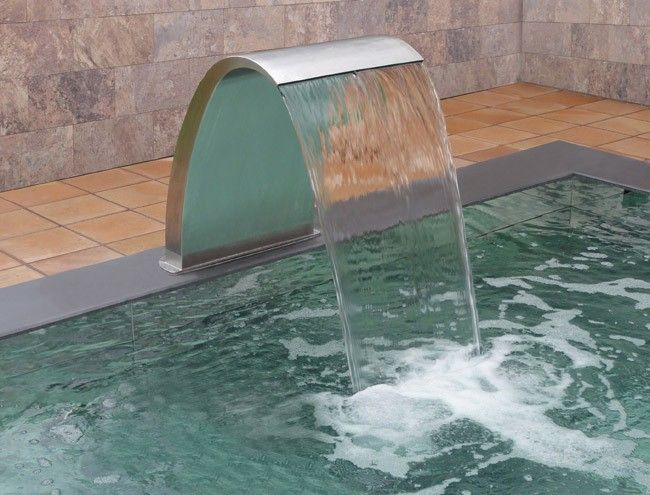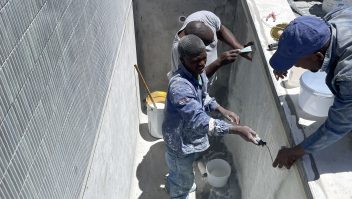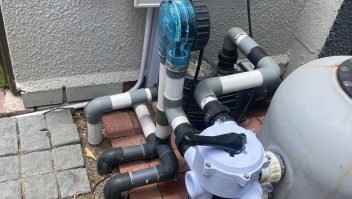

How To Replace Return Jets in a Swimming Pool (Cape Town, South Africa)
Return jets may seem like small components, but they play a major role in maintaining clean and balanced water in your swimming pool. Over time, these jets can wear out or become clogged, reducing water circulation and affecting overall pool performance. In this blog post, we’ll walk you through how to replace return jets, why it matters, and what to look for when upgrading – especially for pools in Cape Town’s diverse climate.
What Are Return Jets?
Return jets are the nozzles located on the pool walls where filtered water is pushed back into the pool from the pump and filtration system. They’re responsible for creating circulation and ensuring even chemical distribution.
Why Replace Pool Return Jets?
In Cape Town, swimming pools are often exposed to varying weather conditions – from blazing summer sun to windy winter storms. Return jets may become brittle, leak, or corrode over time due to:
- UV exposure
- Saltwater corrosion (if using a saltwater system)
- Poor water chemistry
- Mechanical damage
Replacing them ensures:
- Proper water circulation
- Improved pool cleaning efficiency
- Lower risk of algae growth
- Balanced water chemistry
Step-by-Step: How to Replace Return Jets
- Turn Off the Pool Pump
- Always start by switching off the filtration system to avoid pressure build-up.
- Lower Water Level
- Drain the water below the return jet to access it without flooding your workspace.
- Remove Old Jet Fitting
- Unscrew the eyeball fitting and outer ring. Use a return jet wrench if needed.
- Inspect the Fitting
- Check for cracks or thread damage. If necessary, remove the wall fitting and replace it entirely.
- Install the New Jet
- Apply Teflon tape to the threads for a tight seal, then screw in the new return jet fitting.
- Refill and Test
- Refill the pool and restart the pump. Ensure water flows properly from the new jets.
Types of Return Jets
Depending on your pool setup, you can choose from different return jet types:
- Standard Directional Jets: Common in most pools, adjustable water direction.
- Rotating Eyeball Jets: For dynamic water flow, ideal for boosting circulation.
- Venturi Jets: Mix air and water, great for spa areas or enhanced flow.
If you’re unsure which return jet suits your pool, consider consulting a pool technician in Cape Town to match your system type and pool size.
Tips for Better Circulation
- Angle return jets slightly downward and towards the pool’s deep end.
- Direct jets in a circular flow pattern to improve skimmer efficiency.
- Regularly clean the jet nozzles to prevent blockages from debris or calcium buildup.
When to Call a Professional
While replacing a return jet is often a DIY task, call in a pool professional if:
- You’re dealing with a concrete pool and the fitting is embedded in plaster.
- You notice leaking or structural damage.
- Multiple jets need replacement or repositioning.
Internal Links:
- How to Install a New Pool Skimmer
- Swimming Pool Equipment Repairs Cape Town
- Pool Pump Size Calculator: What Size Pump Do You Need?
External Links:
Frequently Asked Questions
1. How long do return jets last?
Typically, plastic return jets last 5–10 years depending on pool water chemistry and UV exposure.
2. Can I upgrade to a better type of return jet?
Yes! You can replace standard jets with rotating or Venturi models for improved performance.
3. Why is my return jet not working after replacement?
Check for clogs, improperly installed fittings, or airlocks in the filtration line.
4. How many return jets should a pool have?
Most residential pools have 2–4 return jets, but this depends on pool size and shape.
Need help replacing or upgrading your return jets in Cape Town or the Western Cape? Pools Reno provides expert installations, inspections, and part replacements. Contact us today for a quote!



